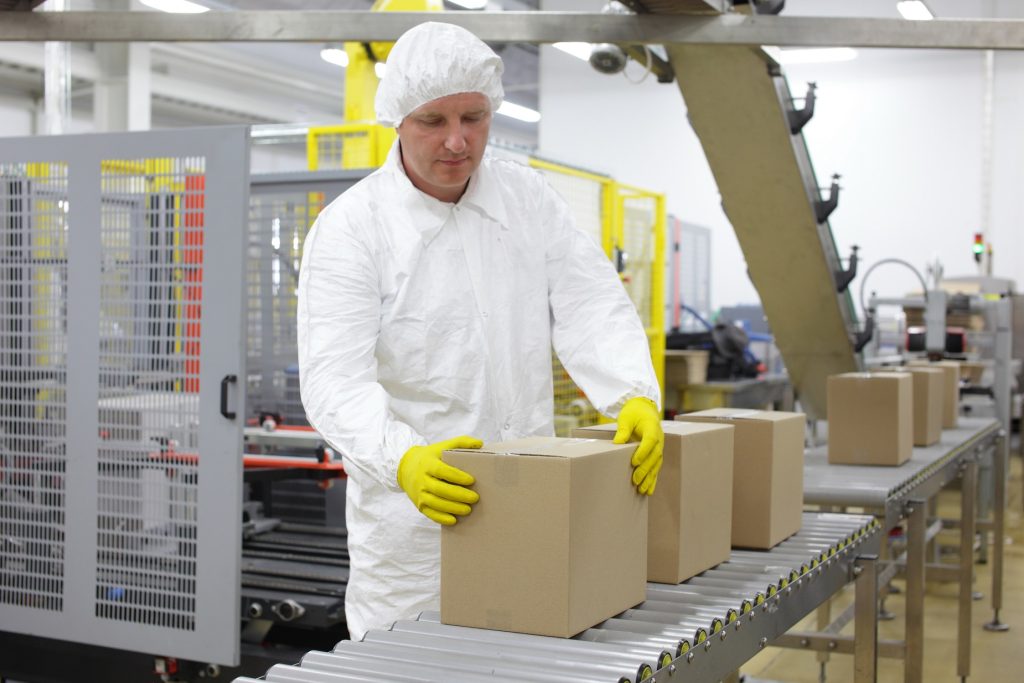Overuse Injuries: Causes, Prevention, and Rehabilitation

Overuse injuries are well understood in athletes, but many people don’t realize how often these types of injuries happen in the workplace. Also called Occupational Overuse Syndrome, overuse injuries often happen to fingers, hands, wrists, elbows, and knees, and are the number one cause of workplace injuries that are disabling.
Many employers face workers’ compensation claims, employees needing extended time off because of workplace injury, and even face possible litigation. Therefore it is important to learn about the causes, prevention, and rehabilitation of overuse injuries.
Overuse injuries occur when tissues are damaged from repetitive motions over a long period of time. They often affect the muscle-tendon unit, as well as nerves, and can include shoulder, wrist, hand, finger and knee problems.
Overuse Injury Causes
Overuse injuries in the workplace are often caused by a lot of bending, lifting, driving for long periods, typing, working on an assembly line, and other motions that employees make repeatedly. The stress of these motions can cause soft tissues like ligaments and tendons to weaken, resulting in aches and pains, a decrease in flexibility, strength, speed, and skill.
Some of the most common workplace overuse injuries include carpal tunnel syndrome, tennis elbow, tendinitis, tendinosis, plica syndrome and impingement syndrome.
Common symptoms of a workplace overuse injury include pain, muscle weakness, swelling, numbness/tingling and restricted joint mobility.
Working through an overuse injury is not possible. These types of injuries will only get worse over time, and the pain will escalate.
Rehabilitation for Overuse Injuries
Employees need to tell their managers immediately if they believe they are facing an overuse injury. If your workplace has an occupational health and safety officer, this person should follow up with any injury claims and help to devise plans to implement workplace safety.
Employees should be encouraged to seek appropriate medical care, and follow up with all recommendations. Overuse injuries can be rehabilitated through a combination of rest, ice/heat, massage and therapeutic interventions like exercise, stretching, electric stimulation and ultrasound. Doctors may also recommend anti-inflammatories to help reduce pain and swelling, or supportive bracing or taping to aid in recovery. Workplace overuse injuries typically take longer to heal, and can be up to three to six months to heal. Overuse injuries are detrimental to both the employee and employer, which is why prevention is so important.
Overuse Injury Prevention
To avoid overuse injuries in the workplace, employers must first ensure they are training their employees on the proper techniques for lifting, specific job tasks and overall body mechanics. The proper gear should also be provided whenever possible, such as keyboards that are designed to help avoid carpal tunnel, or knee and elbow braces for warehouse employees who frequently climb, bend, and lift.
Employers should also have posters displayed on the proper techniques and safety tips.
Another way to avoid overuse injuries is to promote and encourage your employees to stretch, take breaks from the repetitive motions, and get up and walk around if they are driving, standing or sitting all day.
Very physical jobs should allow employees to pace themselves to avoid overexertion.
Employers can also make changes to their workplace practices and design including:
- Provide furniture and equipment such as desks, chairs, keyboards, and mouses that are ergonomically designed. (e.g. chairs should have lower back support and be adjustable.)
- Keep everything in the workspace within easy reach to avoid overextending. (e.g. Document holders are especially useful for organizing desk spaces. Sitting on waist-high benches allows shoulders to stay relaxed and arms to bend at the elbow.)
- Provide visual cues and reminders for proper body mechanics for each job task.
- Set realistic deadlines and expectations.
- Schedule mandatory breaks.
- Alternate typing or other repetitive tasks with other work.
To prevent overuse injuries in the workplace, contact us and explore how Work-Fit can help your employees, your business, and your bottom line.



